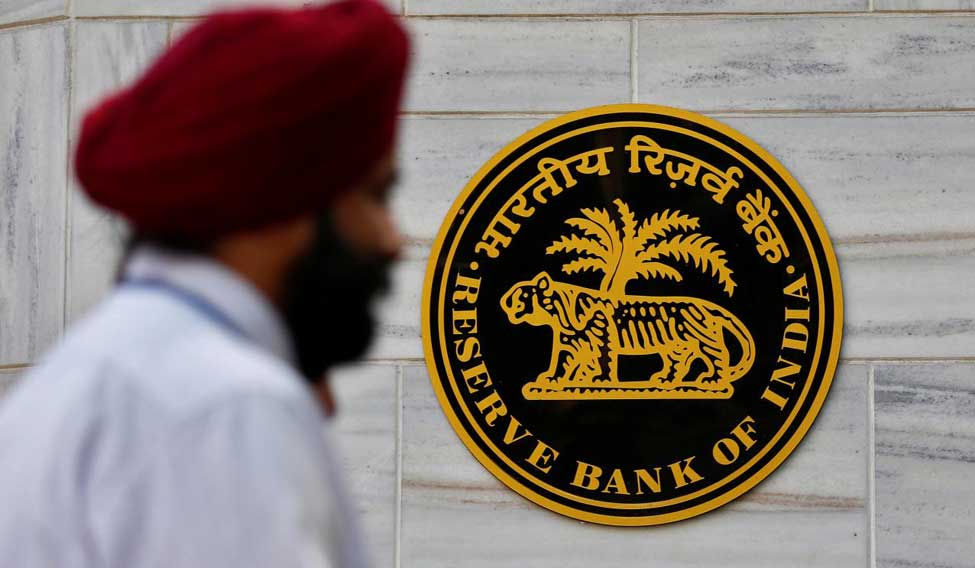Shortly after the demonetisation drive, banks netted cash deposits of about Rs 5.23 lakh crore, or about 40 per cent of the available currency in the Indian economy, as was noted in the December quarter of the last fiscal.
Since then, the quantum of bank deposits have come down and the net inflow of incremental deposits in banks turned negative a few months later during the April-June quarter this year.
The Reserve Bank of India's data on deposit inflow in banks in the subsequent quarters after demonetisation show that, out of 654 districts that constitute India, deposits had gone up by 10 to 20 per cent over the previous quarters.
This windfall, however, did not last very long. Soon after demonetisation, the districts that reported the highest growth in incremental deposits post-demonetisation quickly reported a drop in its deposits from the pre-demonetisation levels.
"This means that money that had come into the system after demonetisation got quickly sucked out back to the cash economy," said Ranen Bannerjee, Executive Director and partner, PwC India. According to him, a big reason was the reduction in bank deposit rates exercised by banks after the demonetisation deposit rush.
“Banks thought that a higher deposit rate would lead them into the red; so they reduced it. Instead it had an opposite effect and people preferred to have their cash invested in other avenues that yielded higher returns,” said Bannerjee.
According to a PwC study conducted earlier this year, most depositors have preferred to invest their cash with mutual funds or as safe haven deposits made in gold and gold-linked instruments.
Sadly though, the same study also concluded that the demonetisation drive had made a dent in bank’s already ailing loan books. “They (banks) had provided loans over a large spread and were unable to recover the money from big lenders. But after demonetisation, it was difficult for banks to even recover loan repayments from medium or small industry borrowers,” said Bannerjee, who authored the report.
According to banker Uday Kotak, it was the banks which took the biggest hit of demonetisation. Banks are on the road to recovery, as most banks have owned up to bad loan assets since demonetisation, owing to RBI’s actions on formalising the bankruptcy and insolvency procedures.
Post-demonetisation banks are seeing money in new light rather than in deposits. “Banks have started to realise that instant transfers are driving the market for e-wallets and that they too need to monetise on this,” said Karthik Srinivasan, senior vice president, and head of bank ratings at ratings agency ICRA.
“This is the reason why large state owned banks like State Bank of India has come out with their own e-wallet options. This could drive growth for PSU banks. But there are other ways too, and by that I mean the revision in minimum balance guidelines as well as revised bank charges for every banking related service.”
Srinivasan feels that these steps in a combined way would augur positively for PSU banks, post-demonetisation. He opines that private sector banks are in fact all set to put their demonetisation blues behind, as the government has announced a Rs 2.7 lakh crore bank recapitalisation package recently.
So, did demonetisation help in formalising the once cash based economy into one done mostly through banking channels? Srinivasan feels the answer to the question, a year after demonetisation, has to be a resounding ‘No’.






